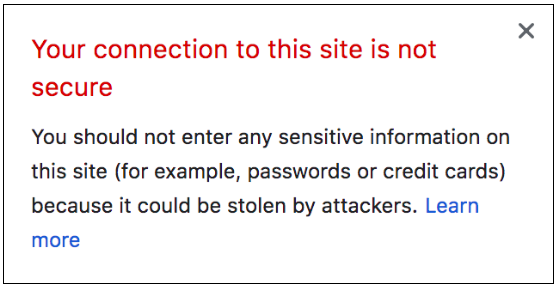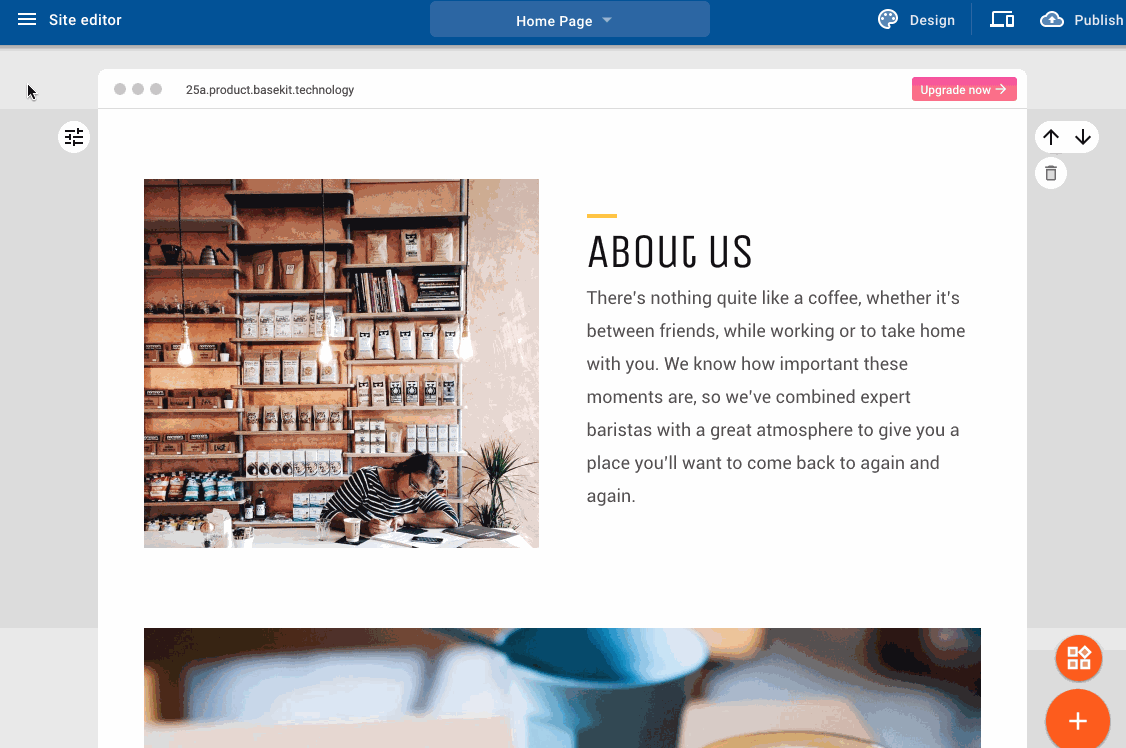What is a side hustle?
You may have heard this phrase making the rounds lately – unsurprisingly, as more and more people are starting side hustles. If so, you’d be forgiven for not knowing exactly what it is! In reality, it’s pretty simple: any business running alongside a job or main business counts as a side hustle.
For some people, a side hustle can be a useful supplement to a main role, while for others a conventional job may actually end up coming second. For these people, the side hustle might be their passion, and the thing they spend most of their time doing, but a more ‘traditional’ job might be what allows them to pay the bills – even just a few days a week.
How do you make a side hustle successful?
Just like the time-old question of ‘what makes a business successful?’, there’s no easy answer to this one. Generally speaking, the amount of time you put into anything will be reflected by how much you get out of it. This might be totally fine by you! This is the beauty of a side hustle: it can be as big – or as small – a part of life as you want it to be.
Once you’ve decided how much you want to get out of your side hustle, however, there are a few things you can do to maximise your chances of success (and of being able to continue hustling):
Test it out
Before you do much at all, it’s a good idea to test your idea out on friends and family. Even business masterminds like Richard Branson sometimes need a fresh pair of eyes to make them see their idea differently! You’re already working, so you don’t want to waste any of your valuable spare time on something inherently flawed. Letting other people try out your product will give them a chance to give you feedback in a non-pressured environment, so you can iron out any kinks early on and save yourself time in the future.
Don’t give up (on) your day job
You’re starting a side hustle for a reason, so make sure it stays just that – at least for now. Don’t stop putting any effort into your day job, even if your priorities have shifted. Your reasons for doing this alongside your job still stand, whether they’re financial or personal, so you definitely don’t want to alienate your employers or start delivering sub-par work; this will benefit nobody! Be respectful of your employers and colleagues, as well as the importance of what your job gives you, and work on your side hustle when you can.
Don’t forget your own wellbeing
We’re big believers in work-life balance and the importance of not letting your work ruin your life – whatever it may be. There’s a real danger of becoming overworked when you have a side hustle, so it’s more important than ever to set parameters around your working patterns. Use the time you have wisely, but don’t feel you have to spend every spare minute working on it, or you’ll likely burn out. If you burn out, you’re less likely to be able to maintain your side hustle anyway, so it would all be for nothing!
Invest in the important things
Just as it’s important to take care of your wellbeing, it’s also important to take care of your bank account. It’s unwise to pour all your money from one job straight into another! Think about what will help you the most, and spend your money there. Is it a website, for visibility and legitimacy? Is it a physical workspace? Whatever it is, make sure it’s worthy of your hard-earned money!
Get the tools you need
Some of the things you invest in should make your life easier and give you the best chance of success. Technology can be essential for side hustlers: a website, for example, will give you a way to share your products with the world. A website with an online store included will let you make sales straight away, while an included domain name and email address will take you right from hobbyist to professional in one fell swoop! Try to find as many all-in-one solutions as you can: this will save you time and money. Another thing to look out for is how well tools and apps will fit in with your busy schedule. Many business tools are available as mobile apps, which can be really helpful if you’re frequently on the go.
Make sure it’s something you enjoy
Many of us can find it hard to motivate ourselves to work outside our paid hours. If you’re going to start a sideline business, you’re unlikely to give it the attention it needs if you’re not really engaged with it. This is why so many side hustles are hobbies people already enjoy – if something already brings you pleasure, the idea of doing more of it (alongside more administrative tasks) won’t fill you with horror!
Set goals (and check in with them)
It’s better to start small and have manageable goals to work towards than to give a side hustle everything you’ve got, only for it to not work out. Decide what milestones you want to reach, and what you want to do when you get there, and check back regularly to see how you’re doing. For example, if you want to start listing products once you’ve got at least 10 in stock, make a note of this, and try to keep to your plan! Checklists can be helpful for this: we’ve created one to help you stay on top of the online side of your business.
Learn by doing
Whatever happens, don’t be too hard on yourself! One of the best things about a side hustle is that it can involve more trial and error, thanks to the fact that it probably isn’t your main source of income. As you’re limited on time, it’s better to dive into something and then find that it doesn’t work than to spend months planning something – only to find out that it doesn’t work. Make a plan and set goals quickly, then go straight into finding out what works and what doesn’t.
Side hustles are a great way to make a little extra money, share a hobby, make a difference or test the waters when it comes to starting a business, so it’s no wonder so many people are going down this route! They offer a huge amount of flexibility without the commitment of leaving a job to start a business, and this is definitely a good thing. As with anything, there are things to be wary of: burnout, financial problems and issues with maintaining an existing job can all come into play if you aren’t mindful of avoiding them. Taking the time to check in with yourself and your situation on a regular basis is essential; if you do this, you might find that you feel more fulfilled than ever. Your bank account may well end up thanking you too!
If you’re starting any kind of business (side hustle or otherwise), it’s important to have a way for people to find you and see what you can do. Why not try Go Sitebuilder free today?







